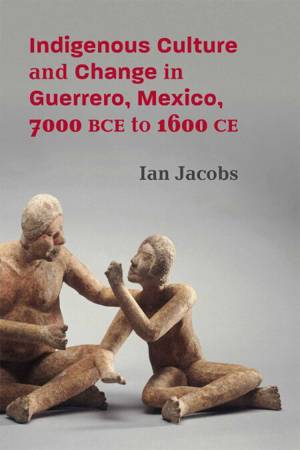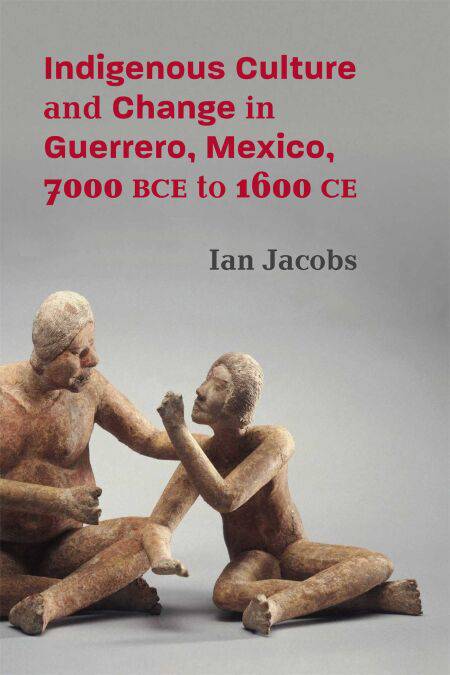
- Afhalen na 1 uur in een winkel met voorraad
- Gratis thuislevering in België vanaf € 30
- Ruim aanbod met 7 miljoen producten
- Afhalen na 1 uur in een winkel met voorraad
- Gratis thuislevering in België vanaf € 30
- Ruim aanbod met 7 miljoen producten
Zoeken
Indigenous Culture and Change in Guerrero, Mexico, 7000 BCE to 1600 CE E-BOOK
Ian Jacobs
E-book | Engels
€ 32,42
+ 32 punten
Uitvoering
Omschrijving
Ian Jacobs’ work brings together a multidisciplinary set of insights into the history of Guerrero and its inhabitants—including indigenous peoples, Europeans, Africans, Asians, and eventually peoples of mixed ancestry-- as they moved through different epochs of the region’s history.
Until recently, Guerrero’s past has suffered from relative neglect by archaeologists and historians. While a number of excellent studies have expanded our knowledge of certain aspects of the region’s history or of particular areas or topics, the absence of a thorough scholarly overview has left Guerrero’s significant contributions to the history of Mesoamerica and colonial Mexico greatly underestimated.
With Indigenous Culture and Change in Guerrero, Mexico, 7000 BCE to 1600 CE Ian Jacobs at last puts Guerrero’s history firmly on the map of Mexican archaeology and history. The book brings together a vast amount of cross-disciplinary information to understand the deep roots of the Indigenous cultures of a complex region of Mexico and the forces that shaped the foundations of colonial Mexico in the sixteenth century and beyond. This book is particularly significant for its exploration of archaeological, Indigenous, and historical sources.
Until recently, Guerrero’s past has suffered from relative neglect by archaeologists and historians. While a number of excellent studies have expanded our knowledge of certain aspects of the region’s history or of particular areas or topics, the absence of a thorough scholarly overview has left Guerrero’s significant contributions to the history of Mesoamerica and colonial Mexico greatly underestimated.
With Indigenous Culture and Change in Guerrero, Mexico, 7000 BCE to 1600 CE Ian Jacobs at last puts Guerrero’s history firmly on the map of Mexican archaeology and history. The book brings together a vast amount of cross-disciplinary information to understand the deep roots of the Indigenous cultures of a complex region of Mexico and the forces that shaped the foundations of colonial Mexico in the sixteenth century and beyond. This book is particularly significant for its exploration of archaeological, Indigenous, and historical sources.
Specificaties
Betrokkenen
- Auteur(s):
- Uitgeverij:
Inhoud
- Aantal bladzijden:
- 416
- Taal:
- Engels
Eigenschappen
- Productcode (EAN):
- 9780826368942
- Verschijningsdatum:
- 24/11/2025
- Uitvoering:
- E-book
- Beveiligd met:
- Adobe DRM
- Formaat:
- ePub

Alleen bij Standaard Boekhandel
+ 32 punten op je klantenkaart van Standaard Boekhandel
Beoordelingen
We publiceren alleen reviews die voldoen aan de voorwaarden voor reviews. Bekijk onze voorwaarden voor reviews.








